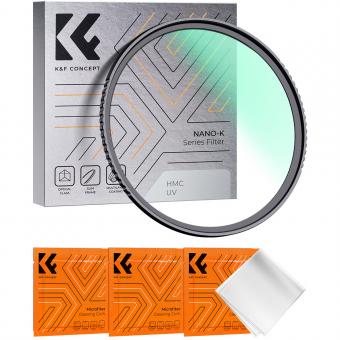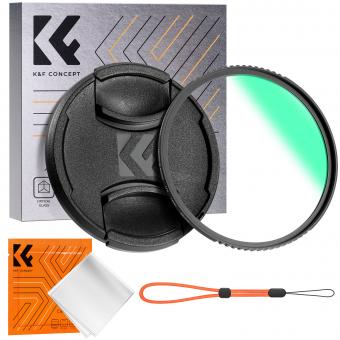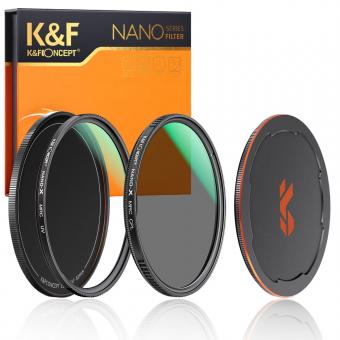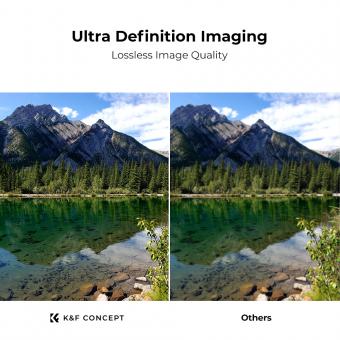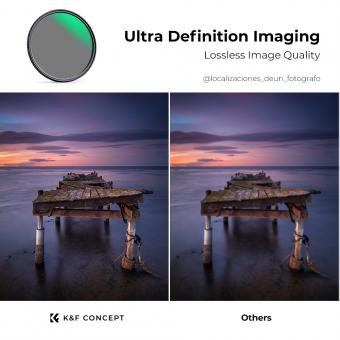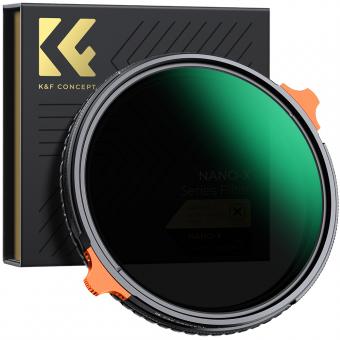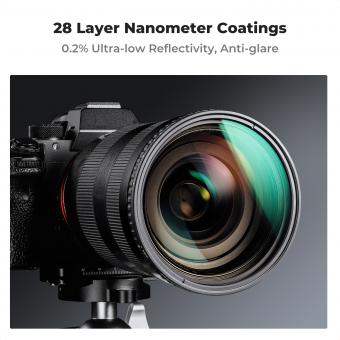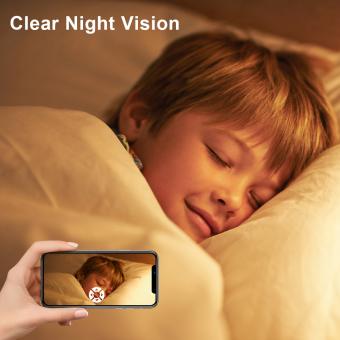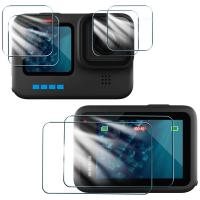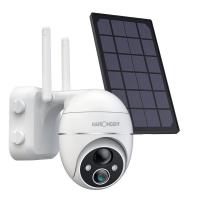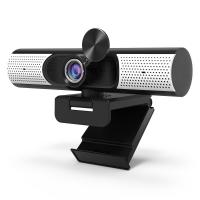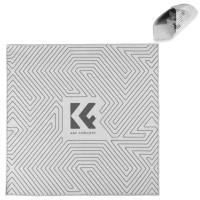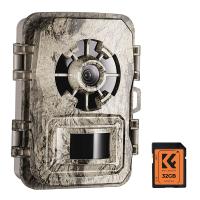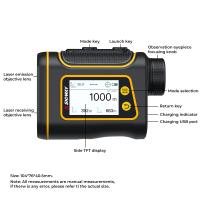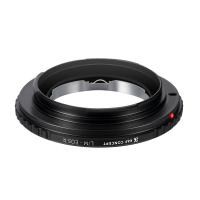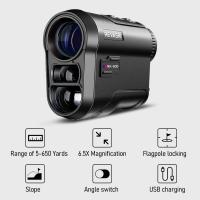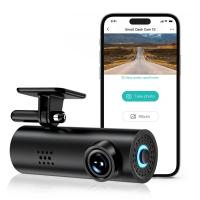What Are Uv Cpl Fld Filters ?
UV, CPL, and FLD filters are types of camera filters used to enhance the quality of photographs.
UV filters are used to block ultraviolet light, which can cause a hazy or blue cast in outdoor photos. They also protect the camera lens from scratches and dust.
CPL filters, or circular polarizing filters, are used to reduce glare and reflections from non-metallic surfaces such as water, glass, and foliage. They also enhance color saturation and contrast in outdoor photos.
FLD filters, or fluorescent filters, are used to correct the greenish cast that can occur when shooting under fluorescent lighting. They help to produce more natural-looking colors in indoor photos.
Each of these filters can be screwed onto the front of a camera lens and adjusted to achieve the desired effect. They are commonly used by photographers to improve the quality of their images and achieve specific creative effects.
1、 UV Filters:
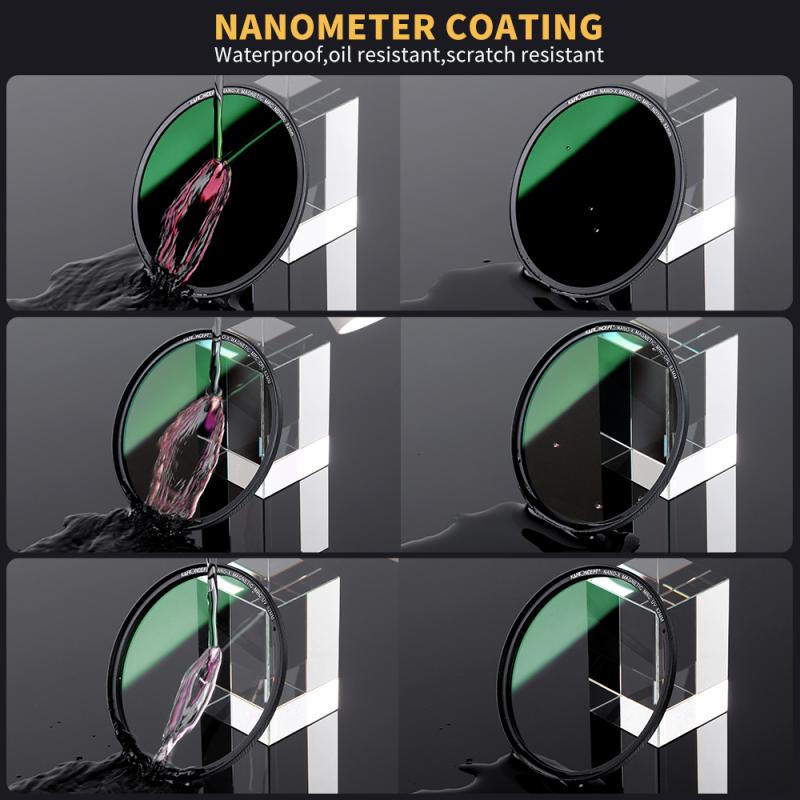
UV filters are a type of camera filter that are designed to block ultraviolet light from entering the camera lens. These filters are typically made from a special type of glass that is coated with a UV-absorbing material. The primary purpose of UV filters is to reduce the amount of haze and atmospheric distortion that can occur when shooting outdoors in bright sunlight.
CPL filters, on the other hand, are circular polarizing filters that are designed to reduce glare and reflections from non-metallic surfaces such as water, glass, and foliage. These filters work by selectively blocking certain polarized light waves, which can help to enhance the color and contrast of your images.
Finally, FLD filters are fluorescent light filters that are designed to correct for the greenish cast that can occur when shooting under fluorescent lighting. These filters work by blocking out the greenish light waves that are emitted by fluorescent bulbs, which can help to produce more accurate and natural-looking colors in your images.
Overall, UV, CPL, and FLD filters are all useful tools for photographers who want to enhance the quality of their images and achieve more accurate and natural-looking colors. While some photographers may prefer to shoot without filters, many others find that these filters can be invaluable for achieving the desired look and feel in their photos.
2、 - Absorb ultraviolet light
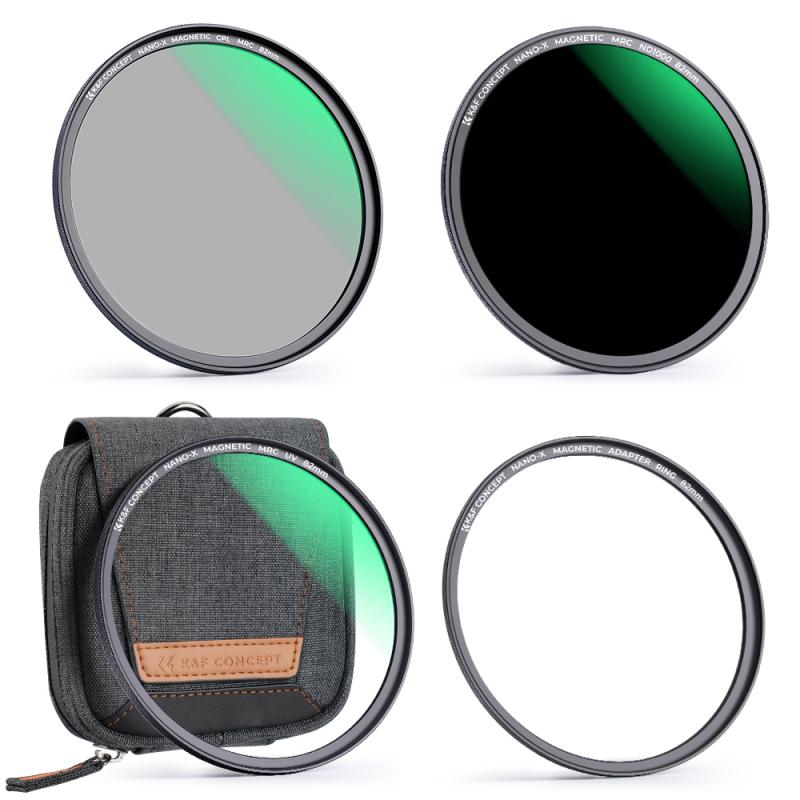
UV, CPL, and FLD filters are types of camera filters that are used to enhance the quality of photographs. UV filters, also known as ultraviolet filters, are designed to absorb ultraviolet light, which can cause a hazy or bluish cast in outdoor photographs. These filters are particularly useful when shooting in high-altitude or coastal environments, where the amount of UV light is higher.
CPL filters, or circular polarizing filters, are used to reduce glare and reflections from non-metallic surfaces such as water, glass, and foliage. They can also enhance the color saturation of the photograph, making the colors appear more vibrant and vivid.
FLD filters, or fluorescent filters, are designed to correct the color balance of photographs taken under fluorescent lighting. These filters can help to eliminate the greenish cast that is often present in photographs taken under fluorescent lighting.
While some photographers argue that UV filters are unnecessary in the digital age, others still use them as a form of protection for their lenses. CPL and FLD filters, on the other hand, are still widely used by photographers to enhance the quality of their photographs. Ultimately, the choice of whether or not to use these filters depends on the individual photographer's preferences and shooting conditions.
3、 - Protect lens from scratches and dust
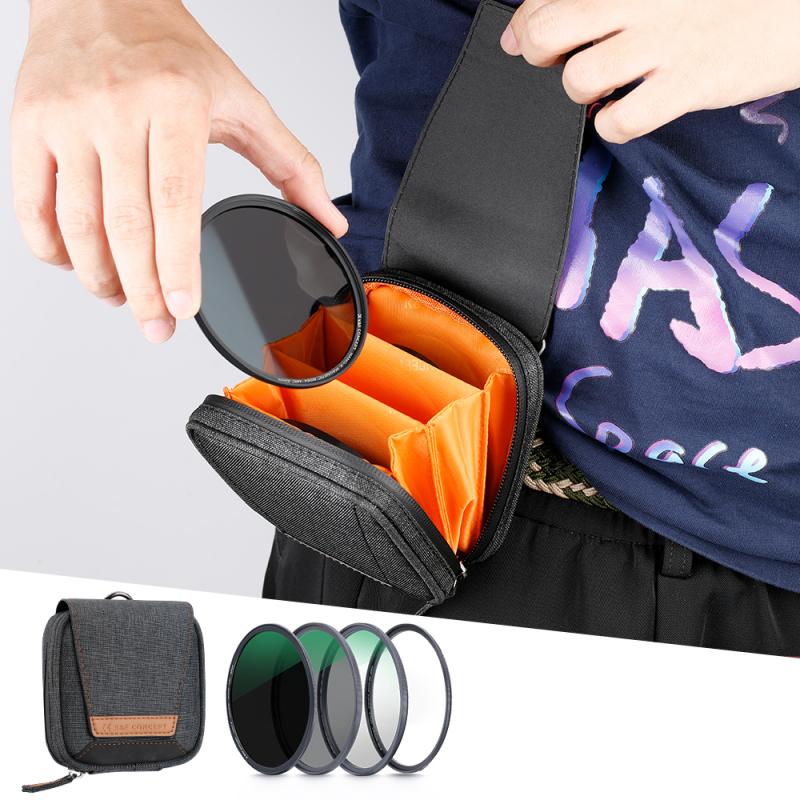
UV, CPL, and FLD filters are types of camera filters that are used to enhance the quality of photographs. UV filters are designed to block ultraviolet light, which can cause a hazy effect in photos taken in bright sunlight. CPL filters, on the other hand, are used to reduce glare and reflections from non-metallic surfaces such as water, glass, and foliage. FLD filters are used to correct the color balance in photos taken under fluorescent lighting.
Apart from their primary functions, these filters also offer additional benefits. For instance, they can protect the camera lens from scratches, dust, and other forms of damage. This is particularly important for photographers who work in harsh environments or those who frequently change lenses.
In recent times, there has been a debate about the necessity of using UV filters. Some photographers argue that modern camera lenses are already coated with UV protection, making UV filters redundant. However, others argue that UV filters still offer some level of protection against scratches and dust, which can be costly to repair.
In conclusion, UV, CPL, and FLD filters are essential tools for photographers who want to enhance the quality of their photos. While the necessity of UV filters may be debatable, they still offer some level of protection to camera lenses. It is, therefore, important for photographers to weigh the benefits and drawbacks of using these filters before making a decision.
4、 - Improve image clarity

UV, CPL, and FLD filters are types of camera filters that are used to improve image clarity and quality. UV filters are designed to block ultraviolet light, which can cause hazy and blurry images, especially in outdoor photography. These filters are particularly useful when shooting in bright sunlight or at high altitudes, where UV light is more intense.
CPL filters, on the other hand, are used to reduce glare and reflections from non-metallic surfaces such as water, glass, and foliage. They can also enhance the color saturation and contrast of the image, making it more vibrant and appealing.
FLD filters are used to correct the color balance in fluorescent lighting conditions, which can often result in a greenish tint in photos. These filters help to neutralize the green cast and produce more natural-looking colors.
In recent years, there has been some debate about the effectiveness of these filters, particularly UV filters. Some photographers argue that modern camera sensors are already designed to block UV light, making UV filters unnecessary. However, others still swear by these filters, citing their ability to protect the lens from scratches and other damage.
Ultimately, the decision to use these filters comes down to personal preference and the specific shooting conditions. While they may not be essential in every situation, they can certainly help to improve image clarity and quality in certain scenarios.

